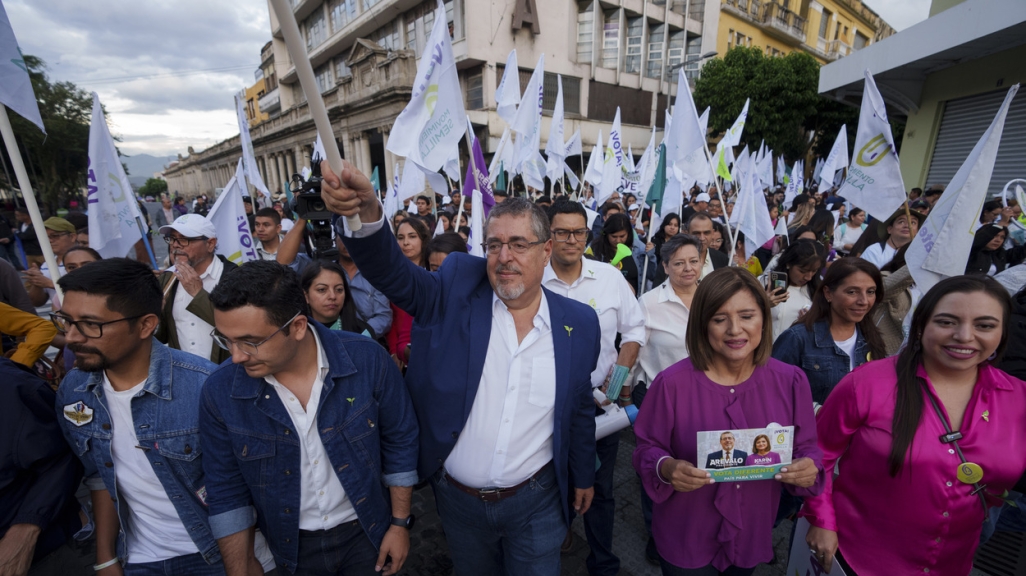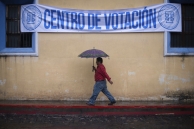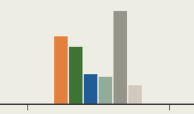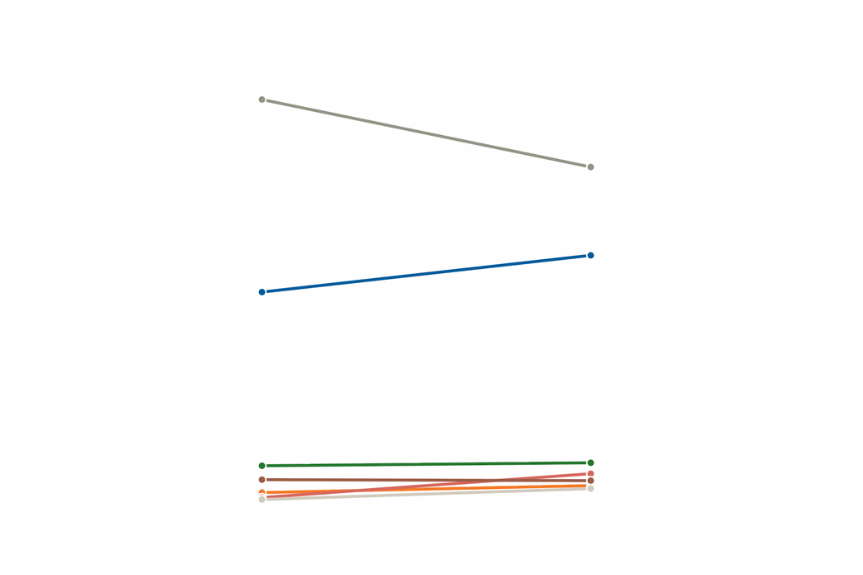Six Numbers to Understand Guatemala's Surprising 2023 General Election Results
Six Numbers to Understand Guatemala's Surprising 2023 General Election Results
Bernardo Arévalo defied the polls to make the runoff, as null ballots got the most votes.
Guatemalans went to the polls on Sunday, June 25. Like every presidential race since the country’s return to democracy in 1996, there will be a runoff for the presidency, as no candidate received close to 50 percent of the vote. Top vote-getter Sandra Torres of the National Unity of Hope party will compete in the second round against Bernardo Arévalo of Semilla, who defied polls to capture the second spot.
What do the results tell us about the state of Guatemalan politics? And what can we expect from the presidential runoff? AS/COA Online looks at six numbers to understand the results.
On June 25, voters will pick from a wide field of candidates to replace President Alejandro Giammattei. But some top contenders have been disqualified.
Voters will have to pick from nearly two dozen candidates in the June 25 first-round vote. AS/COA Online covers polling and top issues.
AS/COA covered votes in the Americas, from presidential elections to referendums.












